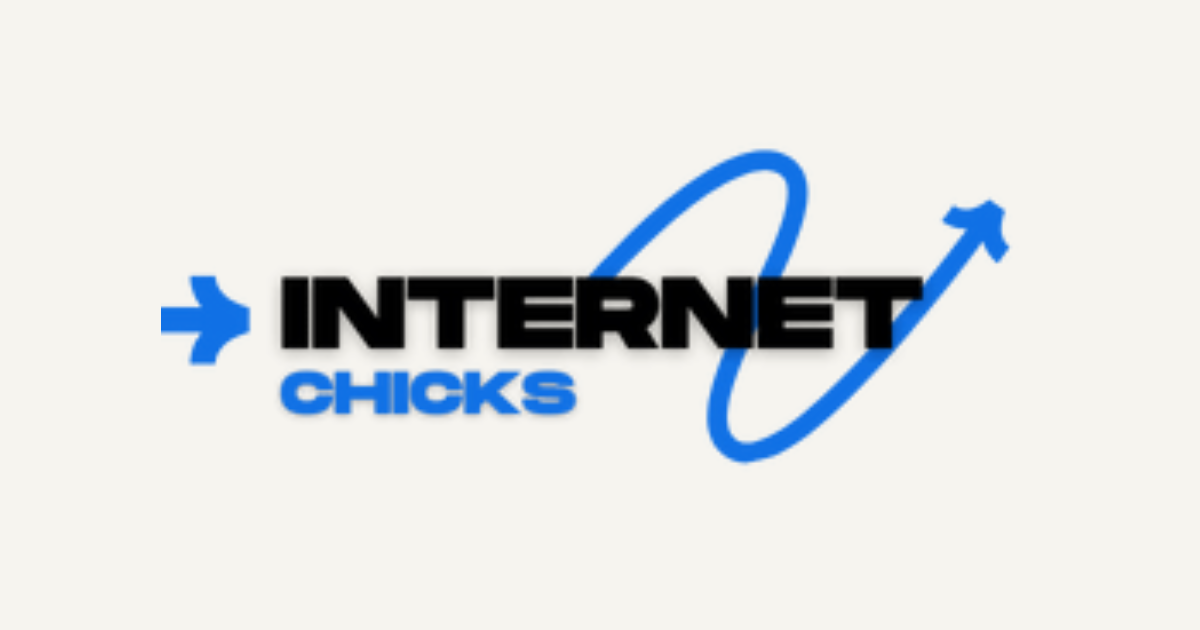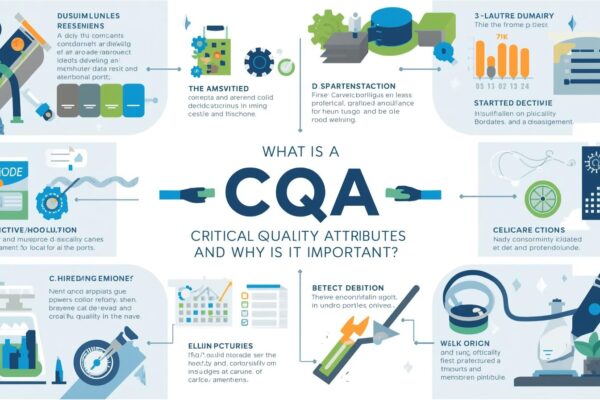In today’s digital age, a fast and reliable internet connection is essential for work, entertainment, communication, and everyday browsing. However, many users experience frustrating slowdowns or intermittent connectivity issues. One of the main culprits behind these problems are what are commonly called “internet chocks” — hidden factors or obstacles that hinder your internet speed. Understanding what internet chocks are, how they work, and how to minimize their impact can significantly improve your online experience.
What Are Internet Chocks?
At their core, internet chocks are obstacles or interferences that slow down or disrupt the flow of data between your device and the internet. Think of your internet connection as a highway: traffic jams, roadblocks, or construction zones can cause delays. Similarly, internet chocks act as these traffic obstacles, reducing the speed and quality of your connection.
Unlike obvious issues like a broken router or an outage from your internet service provider, internet chocks are often less visible and can stem from various factors within your network environment or external conditions.
Common Types of Internet Chocks
- Network Congestion
When many devices or users are connected to the same network, bandwidth gets divided among them. This is common in households with multiple users streaming videos, gaming, or downloading files simultaneously. The more devices competing for limited bandwidth, the slower each device’s connection becomes. - Wi-Fi Interference
Wireless signals are susceptible to interference from other electronic devices like microwaves, cordless phones, Bluetooth devices, or even neighboring Wi-Fi networks. These disruptions can weaken the signal and slow down your connection, especially if you’re far from the router. - Router Limitations and Misconfigurations
Not all routers are created equal. Older or low-quality routers may not handle multiple devices efficiently. Additionally, incorrect settings, outdated firmware, or poor placement can create bottlenecks, reducing your internet speed. - Hardware Limitations
Your device’s network card, outdated network drivers, or insufficient processing power can act as chocks, limiting how fast data is processed and transmitted. - Background Applications and Downloading
Applications running in the background—such as automatic updates, cloud backups, or streaming services—can consume bandwidth without your knowledge, choking your available speed for other tasks. - External Factors
Problems outside your home, such as network outages, high traffic from your internet provider’s infrastructure, or issues with the website or service you’re accessing, can also act as chocks.
How Do Internet Chocks Reduce Your Connection Speed?
Internet chocks work by creating obstacles in the data transfer pathway. Here’s a breakdown of how they reduce your connection speed:
- Bandwidth Throttling: When multiple devices or applications demand bandwidth simultaneously, your network divides the available speed. This results in slower downloads, buffering videos, and laggy online gaming.
- Signal Degradation: Interference and poor Wi-Fi signal strength weaken the connection between your device and the router. This causes data packets to be lost or delayed, forcing retransmissions that slow down overall speed.
- Processing Bottlenecks: Outdated hardware or misconfigured network devices can struggle to handle high data loads, leading to delays and reduced throughput.
- Packet Loss and Latency: Interferences and network congestion can cause data packets to be lost or delayed, increasing latency (lag) and decreasing effective speed.
Simple Ways to Identify and Minimize Internet Chocks
Understanding where your internet chocks originate is the first step toward fixing them. Here are practical steps to identify and reduce these obstacles:
- Check Your Speed
Use online speed tests (like Speedtest.net) to measure your current download and upload speeds. Compare these with your internet plan to see if you’re getting what you pay for. - Limit Background Usage
Close unnecessary applications and pause automatic updates to free up bandwidth for essential tasks. - Optimize Router Placement
Position your router in a central, open location away from electronic interference. Elevate it if possible and ensure it’s not obstructed by walls or furniture. - Update Hardware and Firmware
Ensure your router’s firmware is current. If your device is outdated, consider upgrading to a modern model with better range and speed capabilities. - Reduce Wi-Fi Interference
Switch to a less congested Wi-Fi channel or frequency band (like 5 GHz) if your router supports dual-band connections. - Secure Your Network
Use strong passwords to prevent unauthorized users from accessing and slowing down your network. - Upgrade Your Internet Plan
If multiple devices or high-bandwidth activities are common in your household, consider upgrading to a faster plan. - Use Wired Connections When Possible
Ethernet cables provide more stable and faster connections compared to Wi-Fi, especially for gaming or streaming.
When to Seek Professional Help
If you’ve tried all these steps and still experience slow speeds, it may be time to consult your internet service provider or a network specialist. They can diagnose issues related to external infrastructure, line quality, or more complex network configurations.
Final Thoughts
Internet chocks are a common but often overlooked reason behind slow connection speeds. They can originate from network congestion, interference, hardware limitations, or external factors. By understanding these obstacles and taking proactive steps—such as optimizing your network setup, limiting background usage, and upgrading hardware—you can significantly improve your internet experience.
Remember, a fast and reliable internet connection isn’t just a luxury; it’s a necessity for staying connected in today’s digital world. Identifying and eliminating internet chocks is a crucial step toward seamless online activities.





